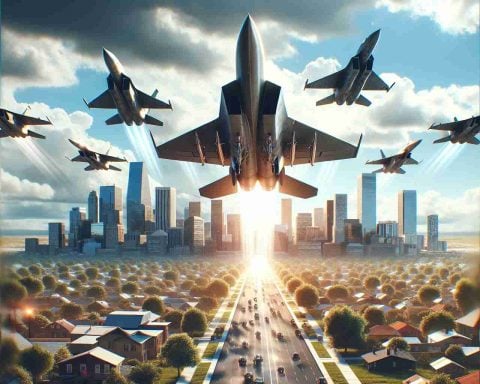Every year, one of the most anticipated events in American college sports takes place, drawing fans not only interested in football but also in the spirit of tradition and camaraderie. This event is the annual Army-Navy Game, a football rivalry between the United States Military Academy (Army) and the United States Naval Academy (Navy). But have you ever wondered where this iconic game is played?
The Army-Navy Game is not confined to a single location. Instead, it has become a roadshow of sorts, typically hosted in various cities along the East Coast. The game has a strong history in Philadelphia, where it has been played more than any other city, primarily due to its location roughly halfway between West Point, New York, and Annapolis, Maryland. Philadelphia’s Lincoln Financial Field, known for its passionate sports environment, frequently plays host to this historic clash.
However, other cities have also had the honor of hosting the game, including Baltimore, Maryland, and East Rutherford, New Jersey, at venues such as M&T Bank Stadium and MetLife Stadium, respectively. These locations provide a neutral battleground for the military academies, each surrounded by a rich tapestry of military history.
These venues are chosen not only for their strategic locations but also their capacities to handle the enthusiastic crowds that come to witness the spectacle. The game is not just a football match but a grand occasion where members of the armed forces, alumni, and fans celebrate tradition and sportsmanship.
As you find yourself drawn into this spirited rivalry each year, remember that the search for where the game is played is as much a part of the tradition as the game itself, as fans eagerly anticipate which city will next host these giants of college football.
The Surprising Economic and Cultural Impact of the Army-Navy Game
The annual Army-Navy Game is more than just a football match; it’s a cultural and economic powerhouse that influences the host cities in remarkable ways. Beyond the excitement it brings to fans, the game significantly benefits local economies, particularly in the cities that frequently host this historic encounter, such as Philadelphia, Baltimore, and East Rutherford. But how exactly does the Army-Navy Game impact these communities?
Economic Boost and Tourism: Each host city experiences a substantial influx of visitors, leading to increased hotel bookings, restaurant patronage, and retail purchases. This surge in tourism translates into millions of dollars for the local economy. In Philadelphia, for example, the Army-Navy Game has generated an economic impact of approximately $35 million per game. This boon is attributed to tens of thousands of fans filling up stadiums, local attractions, and dining establishments.
Cultural Significance and Unity: While the economic impact is notable, the game also serves as a cultural binder, fostering a sense of unity and patriotism. It brings together military personnel, veterans, and civilians, bridging divides between diverse communities. The emotional and cultural resonance of the event is palpable, as it honors service and tradition.
Controversies and Considerations: Despite its benefits, the location rotation sometimes stirs debate over whether certain cities should monopolize the game due to logistical advantages or a historical connection. Should the Army-Navy Game remain rooted in tradition, or expand to new regions to share its cultural wealth?
For more information on the Army-Navy Game and its scheduling, visit Navy Sports and Army Sports.






















